When you’re boarding a flight, knowing the proper procedure for baggage check-in is essential. Gate checking means inspecting your bag for potential security threats before boarding the plane.
The good news is that this process is relatively straightforward – all you need to do is bring essentials like your boarding pass and passport. Gate checking your personal item at the United Airlines gate means surrendering it to the gate agent to be stored in the cargo hold during your flight, which can be a dull experience in the vastness of space.
In addition, make sure to pack as lightly as possible to avoid extra baggage fees and delays. Here we will explore what it means to Gate Check Your Bag and the benefits, drawbacks, and tips for gate checking your bag. As well as provide valuable insights on why airlines have implemented this process.
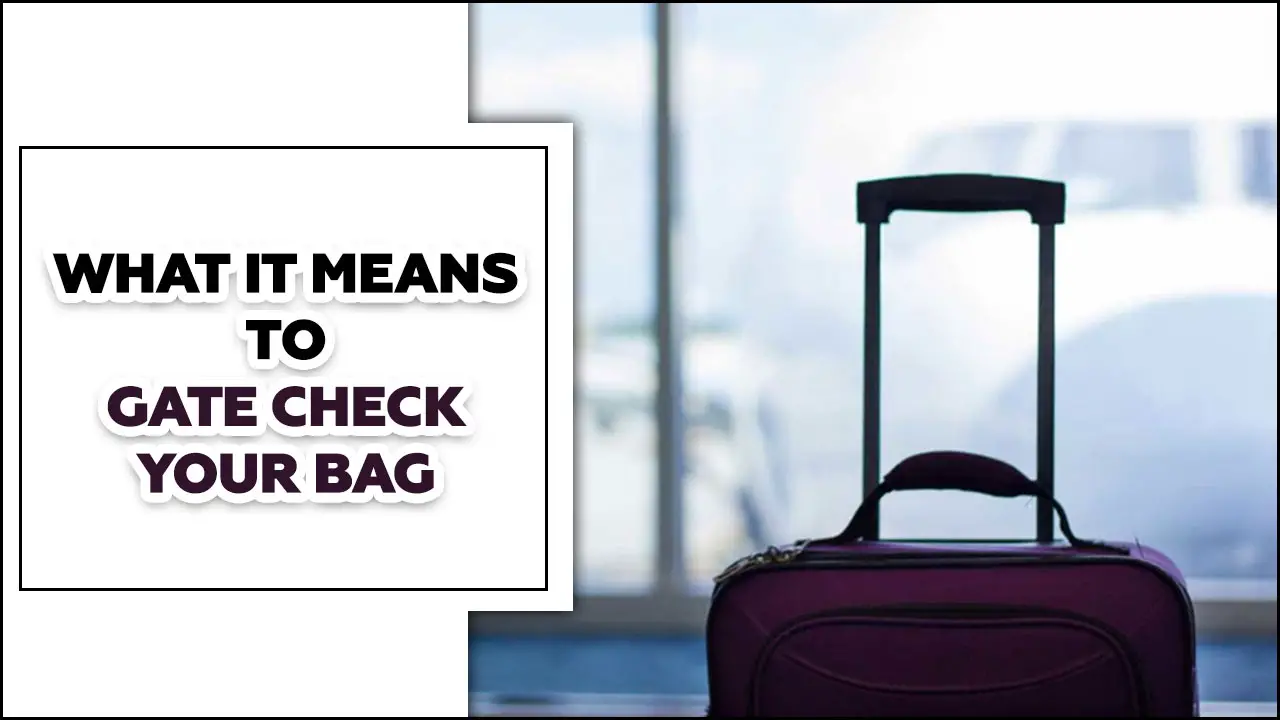
Get Detail To Know What It Means To Gate Check Your Bag
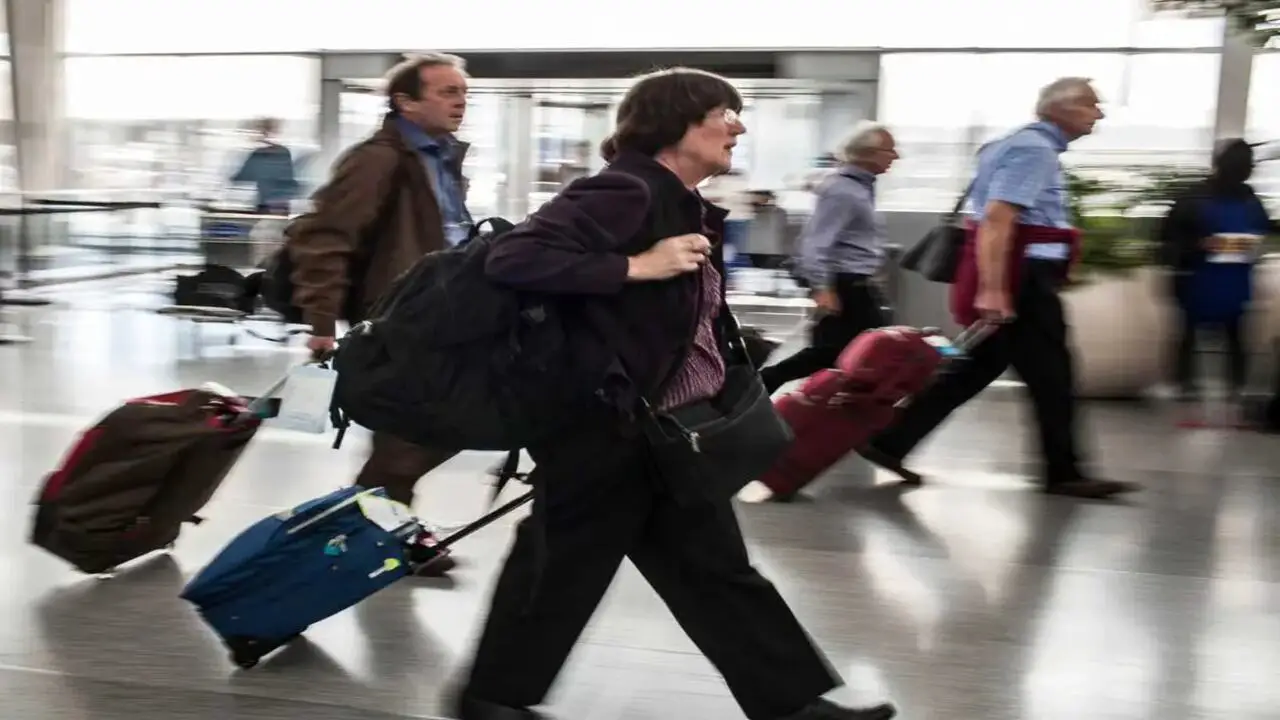
Gate-checking your bag is a convenient option many airlines offer for passengers with oversized or fragile items that cannot be accommodated in the overhead compartments or under the seats. It provides a secure and efficient way to transport your belongings without the hassle of checking them in at the ticket counter.
When you choose to gate check your bag, you simply hand it over to the airline staff at the gate before boarding the aircraft. They will tag it with a special label and safely stow it in the cargo hold. Upon arrival at your destination, the gate area will return your bag for you to retrieve. Here you need to know about what it means to Gate Check Your Bag.
What Is Gate Checking?
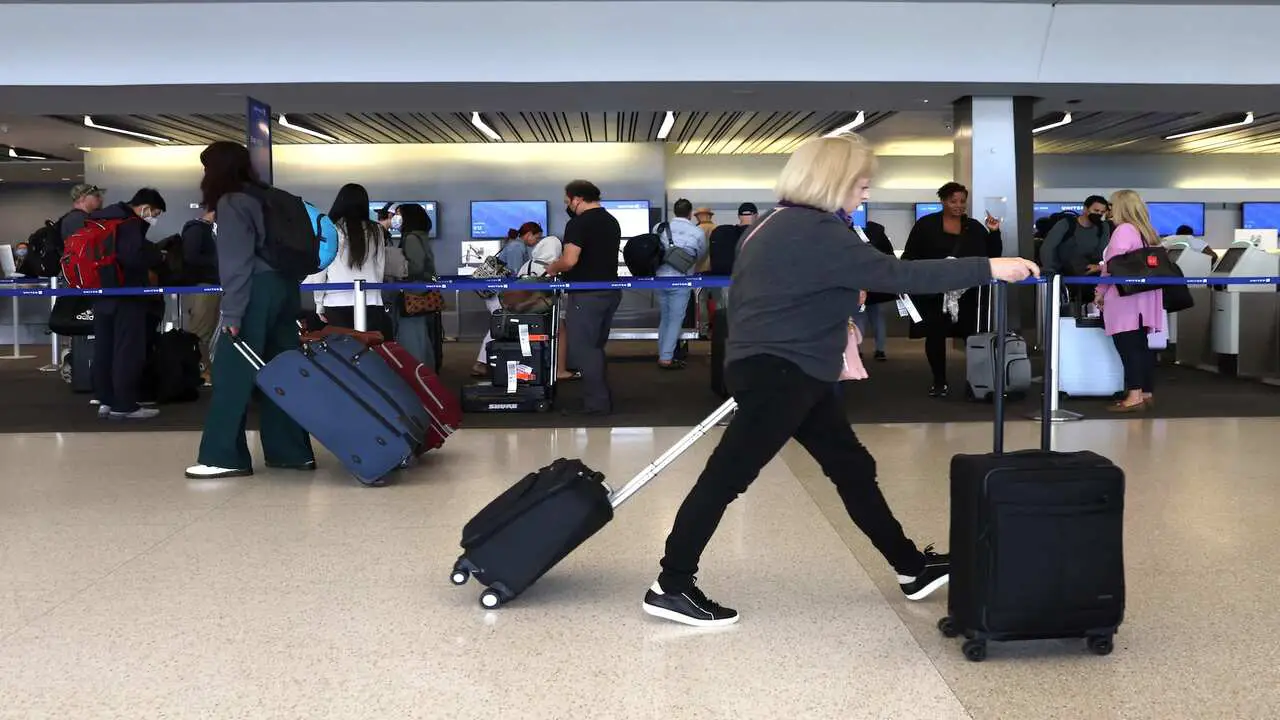
Gating your bag is one of the most important steps when travelling. It’s a process of inspecting a bag before entering a secured area, such as an airport or train station.
This ensures that nothing dangerous has passed onto the plane or train. Gate checking your bag is simple – just place it on the X-ray belt and walk through the metal detector without removing anything from your bag.
You secured your boarding priority on the mainline flight and were relieved to find ample overhead bin space, avoiding any gate handling charge. United Express made the process seamless and even called for volunteers to gate-check their bags if needed.
Gate checking refers to surrendering your baggage at the gate due to limited overhead space or when your full-size carry-on bag exceeds the baggage allotment for the type of plane you are boarding, per the airline’s requirements. You can use the baggage scanning system to make the process even faster.
Who Can Do Gate Checking?
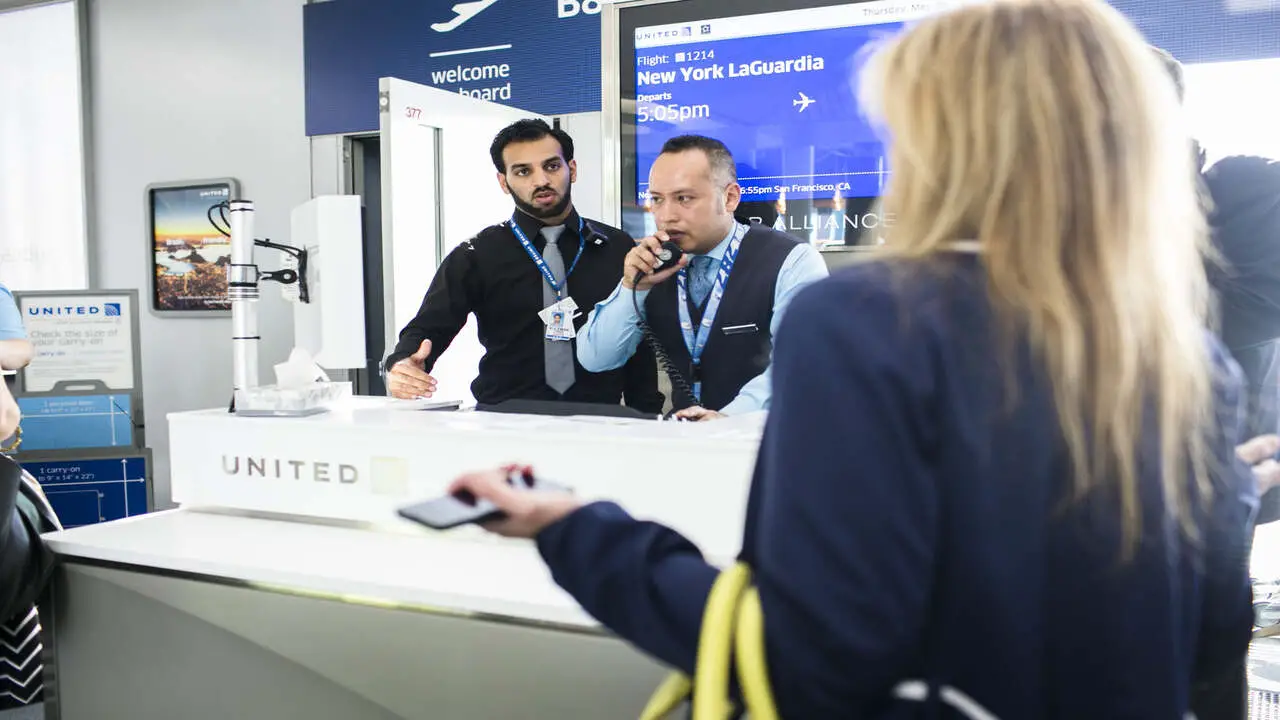
Before you fly, knowing who can gate-check your bag is important. This is typically anyone over 18, but some airlines may have additional restrictions.
For example, American Airlines requires all passengers to carry a passport and Identification Card (IC). Additionally, children aged 5-12 can gate check their bag with a parent or guardian if they carry a passport and Identification Card (IC). Gate checking is a service airlines provide for travellers with carry-on bags that do not meet air travel’s size or weight requirements, especially at regional airports.
Pets must be cage, leash, and carrier-proof when travelling with passengers in an aircraft cabin. So, check the airline’s baggage restrictions, whether you’re travelling for work or pleasure.
How Does Gate Checking Work?
When flying, it’s always important to know the rules and regulations. One of these rules is gate checking, which allows TSA to screen all your carry-on baggage for explosives.
When you arrive at your destination, go through the security checkpoint and place all your carry-on items in a designated bin. Gate checking is a process that allows passengers on busy flights to bring full-size carry-on items to the gate and hand them over for storage in the aircraft’s cargo hold, avoiding the gate handling fee typically associated with checked bags.
The baggage claim area will then send your checked luggage, where you can collect it. It’s always best to gate-check when possible because it’s faster and more efficient! So, whatever your plans are for this travel season, make sure to know the basics of this process so you can fly easily and safely.
What Should You Bring With You During A Gate Check?
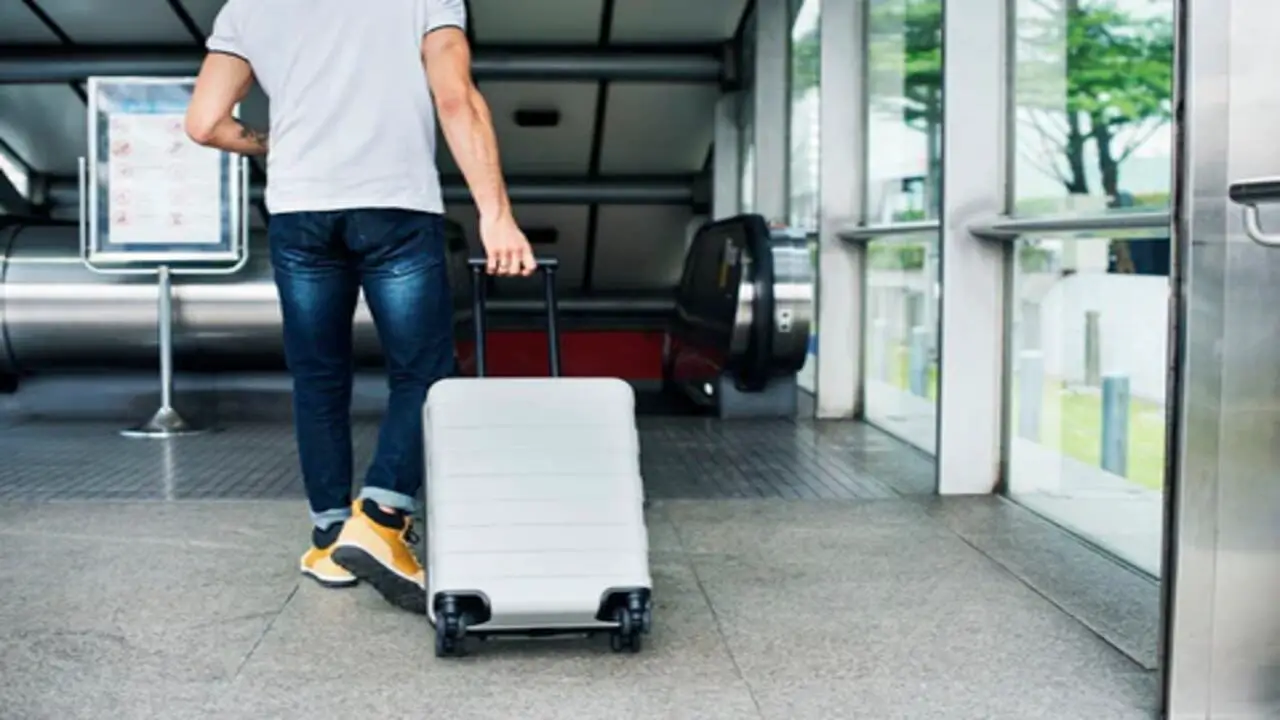
When flying, it’s always important to gate-check your bag. This means bringing your carry-on and passenger ticket and any liquids or gels in containers that could easily fit through the checkpoint.
If you carry any valuable items, put them in a quart-sized bag and carry them to the checkpoint. Lastly, don’t forget to have your identification, such as your driver’s license and passport, ready. And last, don’t leave anything behind – even if it seems small.
When Do You Need To Gate Check Your Bag?
One of the best ways to protect your belongings while travelling is by gate-checking them. Airlines and some hotels require it when flying or staying in their facilities.
The process of gate checking is simple – place your bag on the X-ray belt and walk through the scanner without removing any items from your bag. This security measure can help keep your belongings safe from theft. Check with the airline or hotel you’re travelling to see if they have specific guidelines for gate-checking bags.
Pros And Cons Of Gate-Checking Your Bag
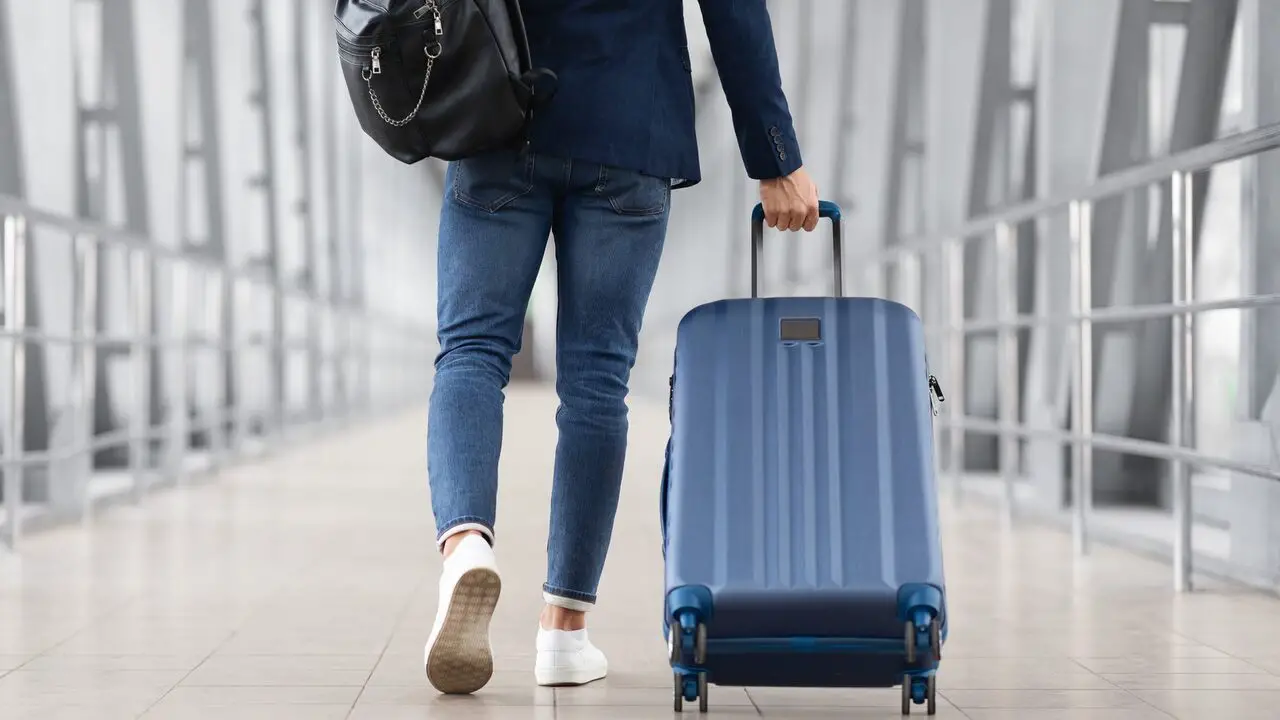
When travelling, many passengers face deciding whether to gate-check their bags. Gate-checking refers to handing over your carry-on luggage to airline staff at the gate instead of bringing it on board and stowing it in the overhead compartments. Like any travel decision, gate-checking your bag has its pros and cons. Here are some key points to consider:
Pros:
- Convenience
- Reduced Stress
- Accessibility
Cons:
- Limited Availability
- Security Concerns
What To Do Before You Go Through The Checkpoint
Before going through the checkpoint, ensuring your bag is safe to travel is important. You should remove and place metal objects like knives and forks in a separate bin. Place all liquids, gels, aerosols, and knives in a single container/ zip lock bag.
Finally, seal all your fruit and vegetables in a plastic bag for the flight. By following these simple guidelines, you’ll be sure to travel with the peace of mind that your bag is checked and safe.
What Should Be In A Traveler’s Bag For A Gate Check?

Making an effort to gate-check your bag can make your travel experience smoother. By following these simple tips, you’ll be sure to have everything you need while on the go.
Pack some extra clothes if you lose or your luggage is delayed. Include copies of important documents, such as passport and driver’s license. And if you’re prone to getting sick, make sure to pack your medication. Gate checking is a great way to ensure your belongings are safe and secure while you’re away, so make the most of it.
Is It Safe To Gate Check My Bag?
Gate-checking your bag is a great way to avoid long lines and get through airport security faster. However, it’s important to know the rules before you do it. Make sure you know the size limit for checked bags (19″x13″) and that you don’t put anything in the overhead bin.
Lastly, always be aware of your surroundings and keep your bag close. By following these simple tips, you’ll be on your way to a hassle-free airport experience.
Do I Need To Bring Anything Extra For A Gate Check?

When traveling, it is important to know if you need to bring any additional items for a gate check. Gate checks are common for larger carry-on bags that may not fit in the overhead compartments. Baggage handlers will typically tag and collect these bags at the gate, and they will be returned to you at the baggage carousel upon arrival.
Double-checking with the airline’s guidelines is always a good idea to ensure a smooth and hassle-free experience. Most airports now have a designated gate for flight attendants only. So check in at this station when you arrive at the airport.
Once you check in and have your boarding pass, take your carry-on bag and any belongings you want to leave into the cabin. When you board your plane, take all your belongings into the cabin! And last but not least, gate-checking your bag is the best way to avoid long security lines – so it’s worth doing.
Tips For Gate-Checking Your Bag
Gate-checking your bag can be a convenient option when travelling. Especially if you have a larger or heavier suitcase you prefer not to carry throughout the airport. However, it is important to follow certain guidelines to ensure that your bag is properly handled and protected during the gate-check process.
Following below these simple tips, you can ensure a smooth and stress-free gate-check experience for your bag. Here are some useful tips to keep in mind:
- Size matters
- Secure your belongings
- Label your bag
- Protect your bag
- Prepare for delays
Conclusion
Gate checking your bag is a process that allows you to check it and proceed to the destination without carrying it all the way there. By following these simple steps, you can ensure that your bag makes it to your destination safe and sound.
Make sure to bring the necessary items during a gate check to process baggage quickly and efficiently. We hope this blog was of some help. So the next time you face what it means to Gate Check Your Bag, consider these factors and make the best decision for your travel needs.
Frequently Asked Questions
What Happens When You Gate-Check Your Bag?
When you gate checks your bag on a crowded flight or domestic flight, you will hand over your bag at the gate before boarding the plane. It will be tagged and placed in the cargo hold of the aircraft.
Do Airlines Lose Gate Check Bags?
Gate check bags are less likely to get lost than checked luggage, as they are typically handled by airline staff and not transferred between multiple planes. However, there is still a small chance of loss or misplacement.
What Does It Mean To Check Your Bag?
To “check your bag” refers to handing over your luggage to an airline or transportation company so it can be stored in the cargo hold of the aircraft or vehicle. This is typically done at the check-in counter and is subject to the airline’s baggage policy.
Can You Check Your Luggage At The Boarding Gate?
No, you typically cannot check your luggage at the boarding gate. Most airlines require you to check your luggage at the ticket counter or self-service kiosk before proceeding to the security checkpoint. It’s important to adhere to the airline’s baggage size limits when checking your luggage.
What Is The Difference Between Gate Check And Baggage Check?
Gate check refers to checking larger items, such as strollers or car seats, at the gate before boarding the plane. On the other hand, a baggage check involves checking luggage that will be stored in the plane’s cargo hold due to limited cabin space.
